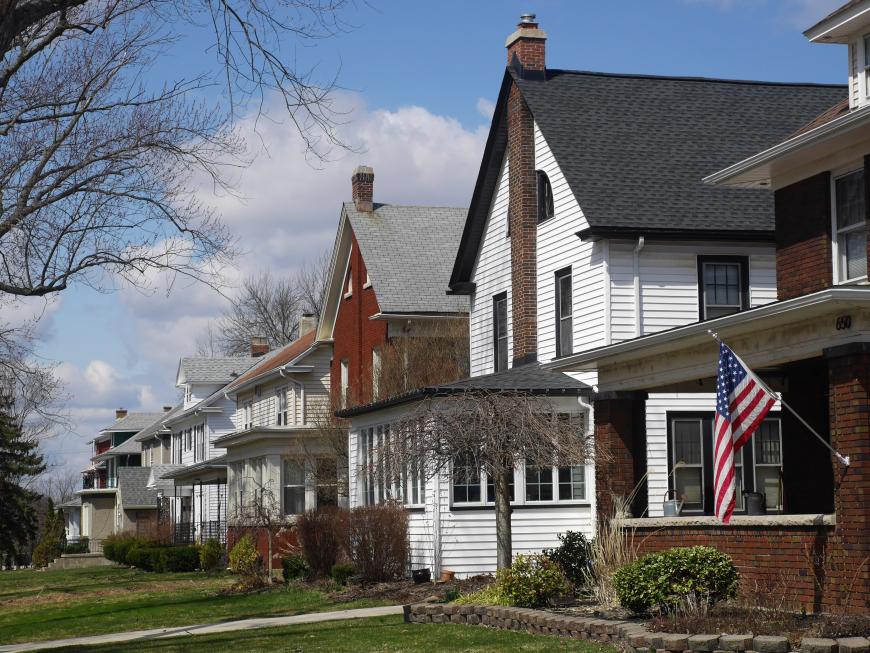
What are my options after the sheriff's sale?
This flashback Friday post clears up confusion about your options once a Sheriff's Sale takes place.
This question comes up on a fairly regular basis here in Minnesota. While the answer may vary greatly from state to state, there are some pretty clear rules for what is and is not possible after the sale date has already happened. It goes without saying that it is best to address housing issues as early as possible. Options are greatly limited once the sale date has happened in Minnesota.
For those not familiar with Minnesota’s foreclosure process, once the sheriff’s sale has occurred, a six-month (in most cases) period of redemption begins. First and foremost, the homeowner still has an ownership interest in the home during the redemption period. This means that homeowner’s insurance and utility payments, etc., are still the property holder’s responsibility, regardless of whether or not the home is occupied.
Now that the Sheriff's Sale has happened, what are my options?
Option one: Selling the home
This also means that the property owner can still sell the property. The big difference now, is that the homeowner is no longer comparing the home’s value to the balance of the mortgage itself. Rather, the homeowner is working off of the bid amount from the sheriff’s sale. (Plus, fees and interest that accrues at the daily note rate). For instance, a $105,000 mortgage may only receive a bid of $75,000.
This could be for a variety of reasons, but a homeowner with a market value of $95,000 may now have a significant financial interest in selling the property. Instead of a $20,000 or so loss, the homeowner is poised to profit $20,000 (minus cost of sale, interest accrued, etc.). There is no point in selling a home if the homeowner is will lose money or barely break even, unless there are two mortgages on the property.
Option two: Keeping the home
Now, as a foreclosed homeowner in the redemption period, I am no longer able to simply bring my mortgage current. I now need to pay the existing mortgage or bid amount instead. This, although theoretically possible, is highly unlikely for most homeowners. Securing financing within six months of a foreclosure is nearly impossible, even with the best local banking relationships.
Option three: Walking away from the home
Riding out the redemption period and saving money every month is always a viable option as well as a great safety net. Start saving money as early in the foreclosure process as possible. If the plan is to pay $1000 a month in rent, then save $1000 a month for the entire redemption period. With a 6-month redemption period, this should net $6000 plus whatever is saved before the sheriff's sale date.
This nest egg can really make moving a much easier and less stressful event. Any costs including first and last months’ rent, deposit, moving van rental, pet deposit, etc. would be easily covered with the savings procured during the foreclosure process. Moving out with a good plan and solid savings can really make the difference in how a person recovers from a foreclosure.
Our HUD-certified housing counselors can help you assess your options whether you're having trouble making mortgage payments, considering refinancing or a reverse mortgage, or even buying a home. Give LSS Financial Counseling a call at 888.577.2227 to speak with a counselor about protecting your home. It's crucial to take action right away; waiting limits your options.
By Malcolm Johannessen.
